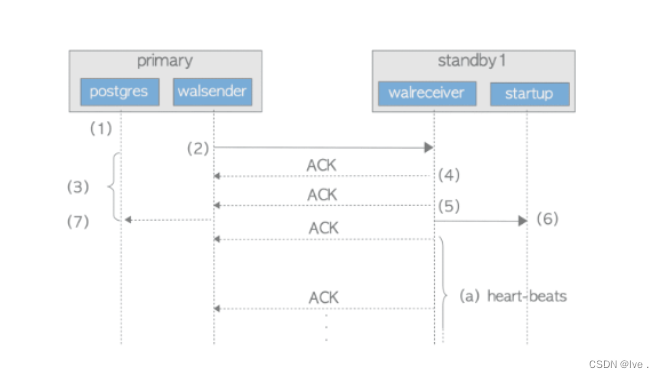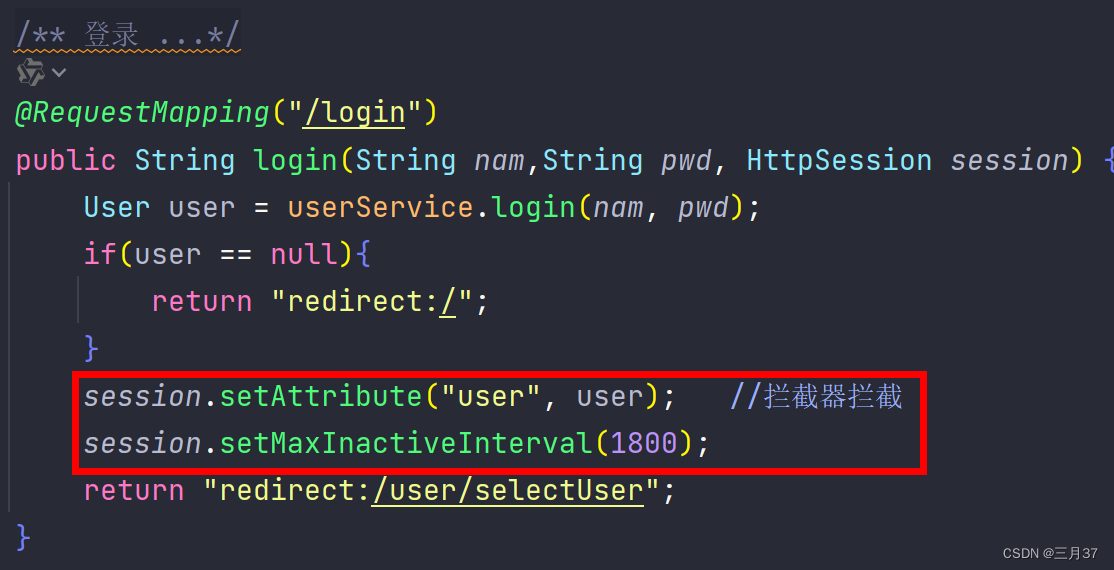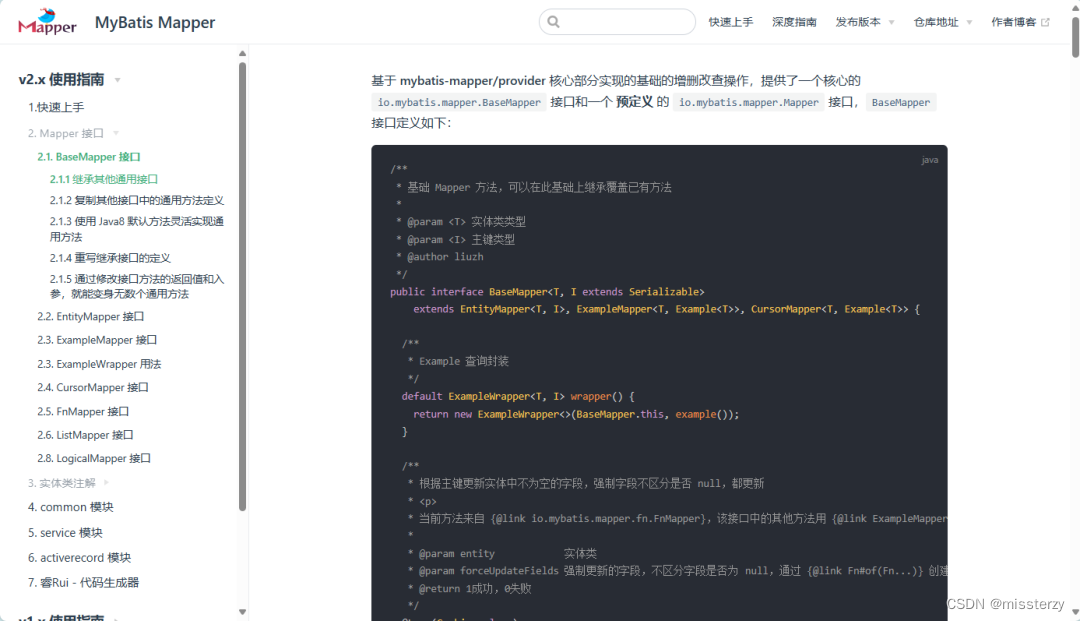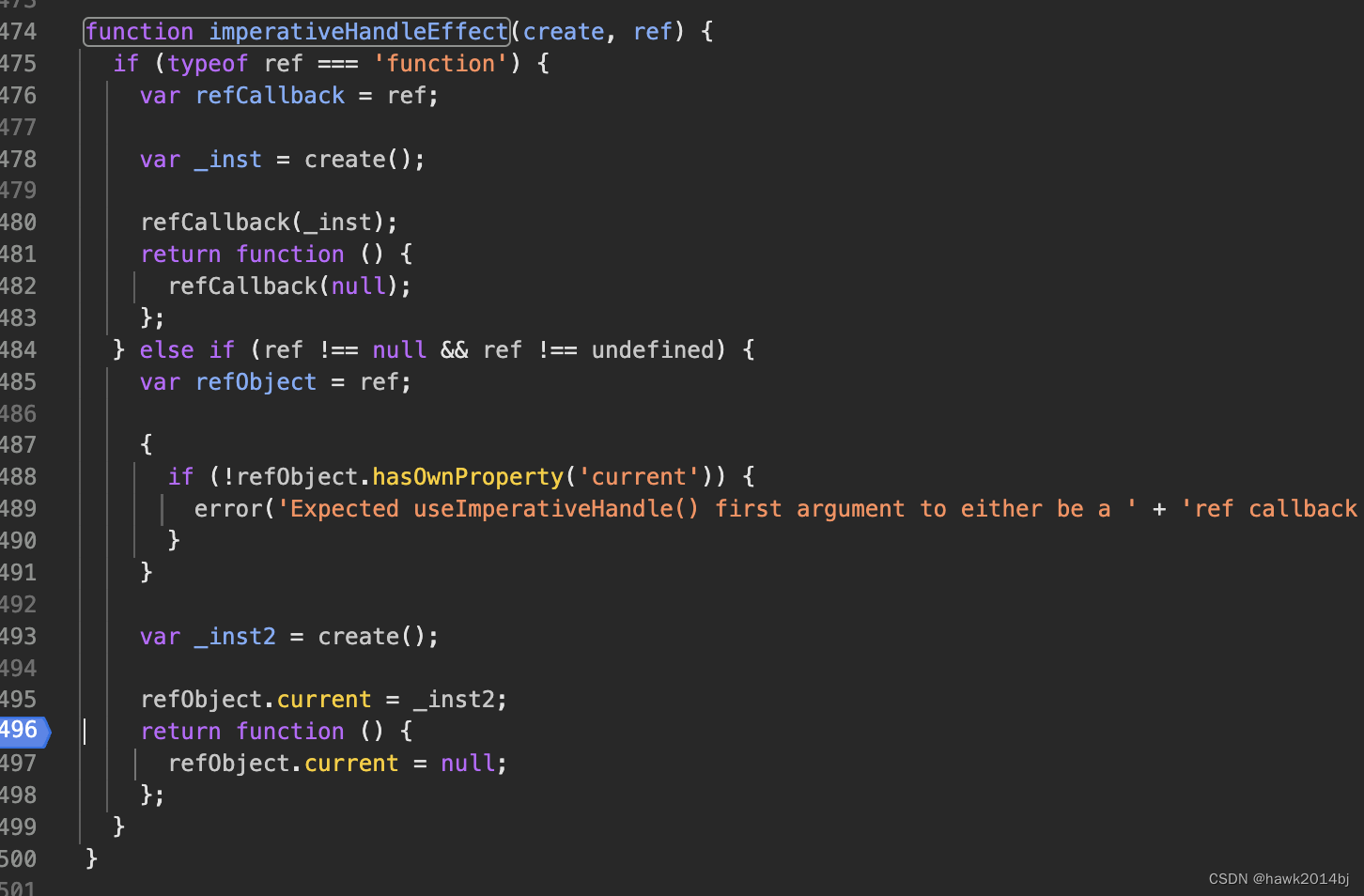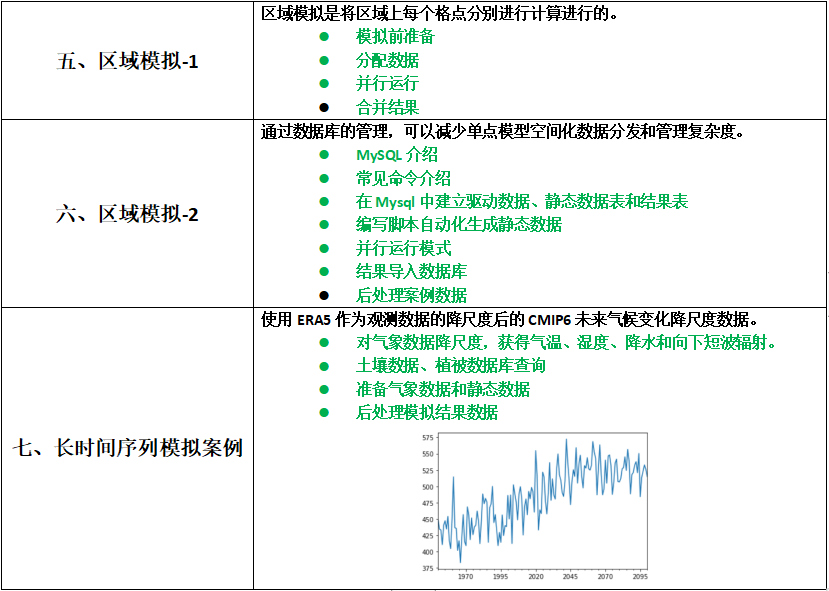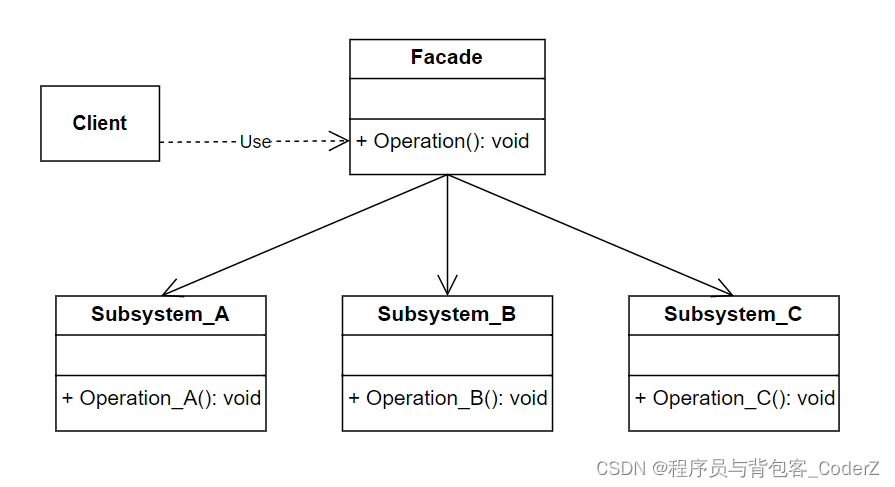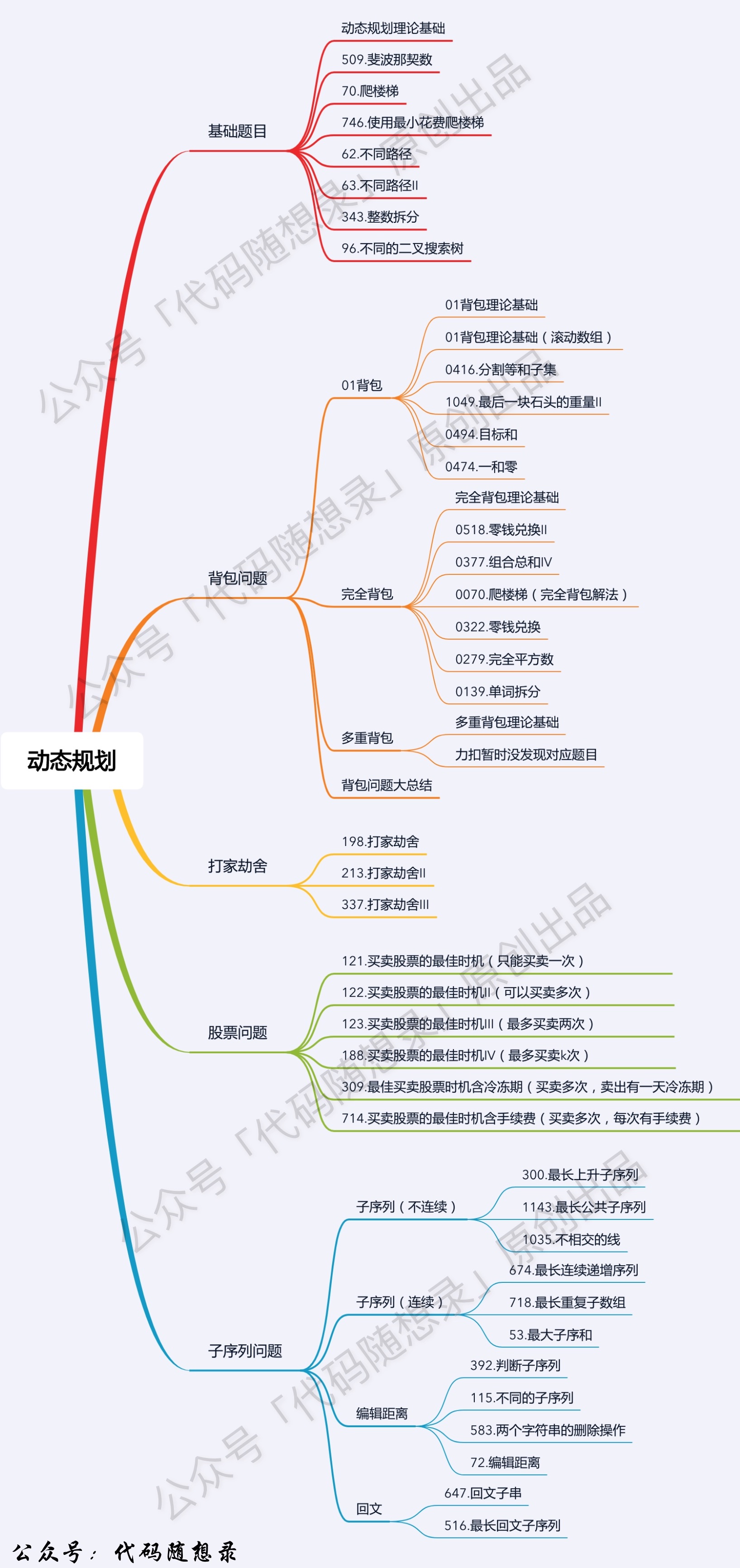在NumPy转换为Tensor使用的Tensor.from_numpy()函数到底是深拷贝还是浅拷贝
使用Tensor()将NumPy变量转换为Tensor变量。
类似数组转换张量的方法
n = np.ones(5)
t = Tensor.from_numpy(n)
print(f"t: {t}", type(t))
np.add(n, 1, out=n)
print(f"n: {n}", type(n))
print(f"t: {t}", type(t))

至于这里对numpy类型的n加了1后,t为什么也加了一 emmm在英文释义里有那么一句话
Docstring:
Convert numpy array to Tensor.
If the data is not C contiguous, the data will be copied to C contiguous to construct the tensor.
Otherwise, The tensor will be constructed using this numpy array without copy.
意思是说如果numpy数组连续的话将使用原numpy数组来构造张量,也就是浅拷贝,所以导致上面的t中的元素也加了1,因为这个t只是指向了和原来n一样地址的指针,并没有为了创建这个张量而开辟一块内存空间
所以这里的from_numpy是一个浅拷贝吗????我们可以创建一个不连续的numpy数组来测试一下
# 创建一个不连续的 NumPy 数组 'F' 表示按列优先 将 C 转换为不连续的(一维的应该不行)
n_new = np.array([[1, 2], [3, 4]], order='F')
t_new = Tensor.from_numpy(n_new)
print(f"t_new: {t_new}", type(t_new))
print(f"n_new: {n_new}", type(n_new))
np.add(n_new, 1, out=n_new)
print(f"n_new: {n_new}", type(n_new))
print(f"t_new: {t_new}", type(t_new))

这个时候我们可以发现,此时的from_numpy不是一个浅拷贝,而是一个深拷贝
刚刚好被群里扫盲的大佬推了一个python中探讨深浅拷贝的链接
我那么白吗https://www.runoob.com/w3cnote/python-understanding-dict-copy-shallow-or-deep.html

